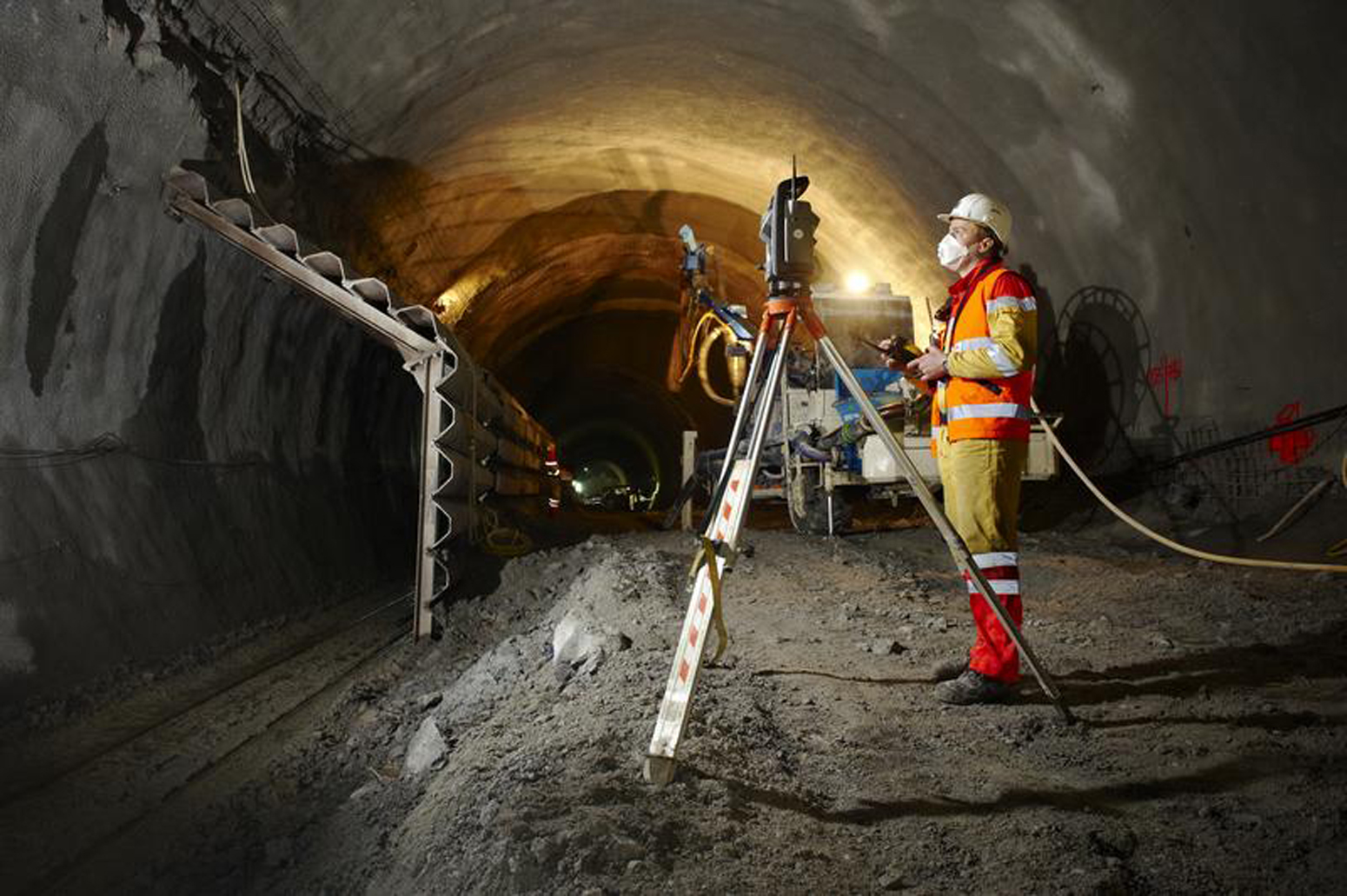Introduction
The global mining industry is undergoing a profound transformation driven by the energy transition and digital revolution. Green mining, smart technologies, and resource security have emerged as the three defining trends shaping the future of mineral extraction. This blog explores the latest advancements, key technologies, policy impacts, and market opportunities in these areas to help stakeholders navigate the evolving landscape.
1. Green Mining: From High-Carbon to Sustainable Practices
1.1 Low-Carbon Technologies & Ecological Restoration
Hydrogen & Electric Mining Vehicles: Anglo American tests hydrogen fuel cell trucks in South Africa, while Komatsu’s 930E electric haul truck reduces diesel reliance.
Innovative Rehabilitation:
China’s Baiyin project uses microbial technology to treat heavy metal-contaminated soil.
Chile’s Los Pelambres copper mine deploys drone-seeded drought-resistant plants for faster ecosystem recovery.
Water Recycling: Rio Tinto achieves 95% wastewater reuse at its Pilbara iron ore operations.
1.2 Policy & Market Drivers
China’s Green Mine Standards (2025): Mandate dust emissions ≤1mg/m³ and mineral processing water reuse ≥95%.
EU Critical Raw Materials Act: Aims to boost domestic mining permit approvals by 50%.
ESG Financing Benefits: Top 20% ESG-rated miners enjoy 1.2% lower financing costs (S&P Global).
1.3 Challenges & Opportunities
Cost Pressures: Chile’s Atacama lithium operations face 20% output cuts due to water restrictions.
Long-Term Value: Green mines gain preferential access to subsidies and ESG-focused investors.
2. Smart Mining: AI, 5G, and the Rise of Autonomous Mines
2.1 Technological Breakthroughs
Autonomous Operations:
China’s Pingmei Shenma operates the world’s first 5G+UWB fully感知 underground coal mine, cutting high-risk jobs by 60%.
BHP’s self-driving trucks move 200Mt/year at Pilbara, boosting efficiency by 30%.
AI Optimization:
Zijin Mining’s AI ore-blending model increases copper recovery by 1.8%, adding $56M annual profit.
Newmont’s digital twin slashes blast costs by 15%.
2.2 Market Growth & Workforce Shifts
Smart Mining Equipment Market: 14.7% CAGR (2023-2030, Grand View Research).
New Skills Demand: Australia needs 27,000 additional digital mining engineers by 2033.
2.3 Barriers
SME Adoption Hurdles: Digital upgrades cost ~12% of annual revenue (McKinsey).
Cybersecurity Risks: IoT systems face escalating hacker threats.
3. Resource Security: Supply Chain Realignment & Critical Minerals Race
3.1 Geopolitical Competition
US Inflation Reduction Act: Requires 40% of EV battery metals from North America/FTA partners by 2030.
China’s State-Owned Mining Alliance: Consolidates 19 overseas lithium projects for supply chain resilience.
3.2 Alternative Sources
Deep-Sea Mining: Norway approves polymetallic nodule extraction in the North Atlantic.
Urban Mining: Ganfeng plans 300kt/year battery recycling capacity by 2025.
3.3 Political Risks
DRC Royalty Hike: Tenke Fungurume copper-cobalt mine fees surge from 2.5% to 10%.
Indonesia’s Nickel Export Ban: Triggers EU WTO complaint, disrupting global supply.
Outlook (2025-2030)
Trend Key Targets Drivers
Green Mining Top 50 miners to disclose 100% carbon footprints TCFD mandates
Smart Mining 40%+ autonomous Chinese underground coal mines Safety regulations
Resource Security 25% critical mineral self-sufficiency in West Geopolitics
Conclusion
The mining sector’s future hinges on:
✅ Green patents (e.g., Vale’s 132 low-carbon tech patents)
✅ Data dominance (Rio Tinto’s 85% global iron ore database coverage)
✅ Circular systems (battery recycling, tailings reprocessing)
Strategic Recommendations:
Accelerate AI/hydrogen R&D
Enhance ESG performance for cheaper capital
Diversify critical mineral supply chains
Post time: Jul-07-2025
















